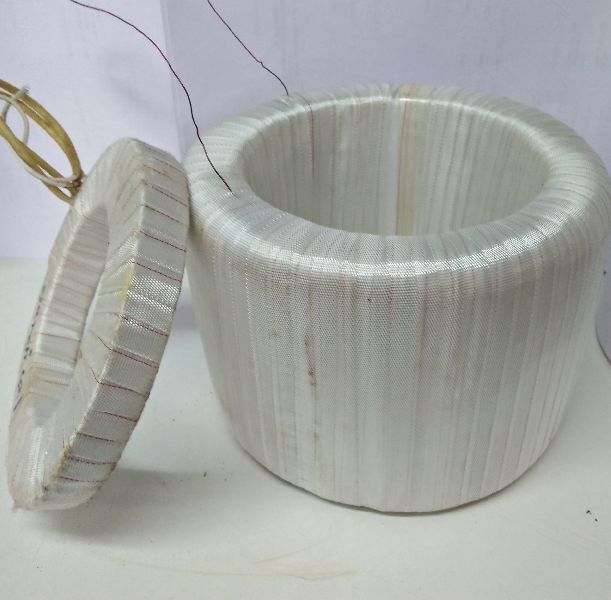WhatsApp us: +91 7758995175
|
info@autogorilla.com
Truck Brake Drum is used to support the internal brake unit using curved brake shoes which pressed against the inner circumference of a brake drum to initiate the braking action. The wheel rim mounted on the brake drum to hold the tyre.
Product Specification:
| Material | Mild Steel |
| Shape | Round |
| Packaging Type | Box |
Product Description: Minimum Order Quantity: 10 PieceWith our expertise and trustworthiness, we..... View more details
Product Specification:
| Vehicle Type/Model | Bharatbenz |
| Brand | Peekay |
| Usage/Application | BharatBenz Spare |
Product Description: Please contact for more information regarding this product and their price..... View more details
Product Specification:
| Brand | DGB UDYOG |
| Material | Cast Iron |
| Vehicles Type | Trucks |
Product Description: Please contact for more information regarding this product and their price..... View more details
Product Specification:
| Vehicle Brand & Model | VARIOUS |
| Brand | DGB |
| Brand/Manufacturer | DGB UDYOG |
Product Description: About Us Peekay Auto Industries being a quality conscious firm well..... View more details
Product Specification:
| Vehicle Brand & Model | TATA-909 EX |
| Number Of Bolt Hole | 6 HOLES |
| Brand/Manufacturer | DGB UDYOG |
Product Description: Please contact for more information regarding this product and their price..... View more details
Product Specification:
| Position | Rear |
| Material | Cast Iron |
| Color | Black |
Product Description: Peekay Auto Industries being a quality conscious firm well accepted in the..... View more details
Product Specification:
| Position | Rear |
| Material | Cast Iron |
| Color | Black |
Product Description: Peekay Auto Industries being a quality conscious firm well accepted in the..... View more details
Product Specification:
| Usage/Application | Brake drum |
| Type | LEYLAND |
| Material | CAST IRON |
Product Description: Peekay Auto Industries being a quality conscious firm well accepted in the..... View more details
Product Specification:
| Position | Rear |
| Material | Cast Iron |
| Color | Black |
Product Description: Peekay Auto Industries being a quality conscious firm well accepted in the..... View more details
Product Specification:
| Truck Brand | TATA |
| Truck Model | Tata-Ace |
| Product Brand | PEEKAY |
Product Description: Please contact for more information regarding this product and their price..... View more details
Your request has been successfully sent to suppliers related to the product you selected. They will review your request and contact you directly via your phone number or email. Expect a response shortly!
Truck brake drums are typically constructed from high-strength materials designed to endure the significant stress and heat generated during braking. In general, the material of this brake drum is cast iron. The key components of a brake drum include:
The primary function of brake drums is to provide a surface against which the brake shoes can press to generate stopping power. The uses of truck brake drums include:
Regular maintenance and appropriate selection of brake drums will ensure reliable braking performance, enhancing the overall safety of the vehicles on the road.







